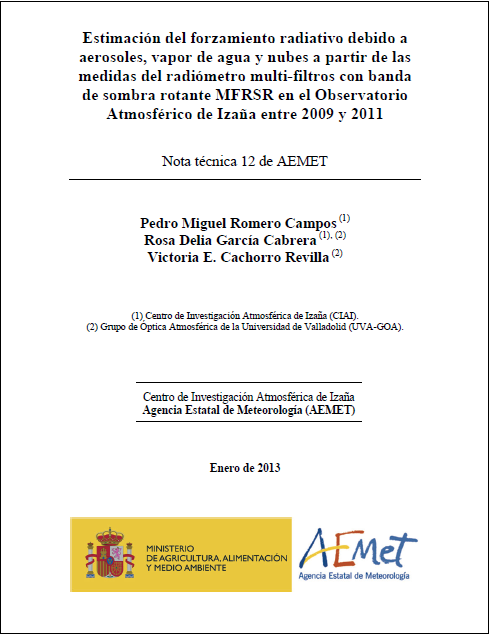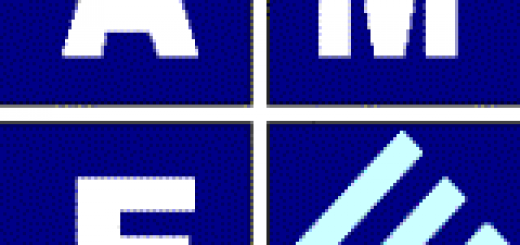New digital technical note on radiative forcing of aerosols, water vapor and clouds

Dated January 26, 2013, the Technical Note #12 has been published at the AEMET’s web page. It deals with the radiative forcing of aerosols, water vapor and clouds using broadband irradiance measured with a Multifilter Rotating Shadowband Radiometer (MFRSR) at the Izaña Atmospheric Observatory.
This Technical Note describes a methodology for estimating the global radiation forcing of certain atmospheric components, based on several radiative models, as well on the calibration of the broadband channel of the MFRSR radiometer in the same spectral range of the BSRN radiometers.
The radiative forcing for an atmospheric component is obtained by subtracting to the actual irradiance measured with a calibrated radiometer, that would be measured in the absence of such component in an ideal atmosphere, which is estimated with a radiative model for clear days. The forcing for clouds was obtained by subtracting to the actual irradiance measured with a calibrated radiometer, including the clouds, the estimations from the model for the real atmosphere (with aerosols and water vapor), where the irradiance data affected by clouds were calculated as they were clear days. Such a way the contribution to radiative forcing of aerosols and non-condensed water vapor is removed.
The radiative forcing estimation is performed for those days, within the period 2009-2011, in which the difference between the daily integral component of global horizontal irradiance measured by the MFRSR and that measured by the BSRN radiometers falls within the maximum instrumental error for the latter. For all of them, most part of the day corresponds to clear skies being data affected by clouds a minor part of total dataset.
We found that aerosols, water vapor and clouds cause a reduction in the overall radiation. This reduction, for the case of aerosols, is around 17% lower than that of the water vapor. However, for clouds, the radiative forcing is quite variable, and this study is a very preliminary analysis since the influence of cloud cover percentage and cloud type has not been performed separately.
The Technical Note is available at:
http://www.aemet.es/documentos/es/conocermas/publicaciones/NT_12_AEMET/NT_12_AEMET.pdf






